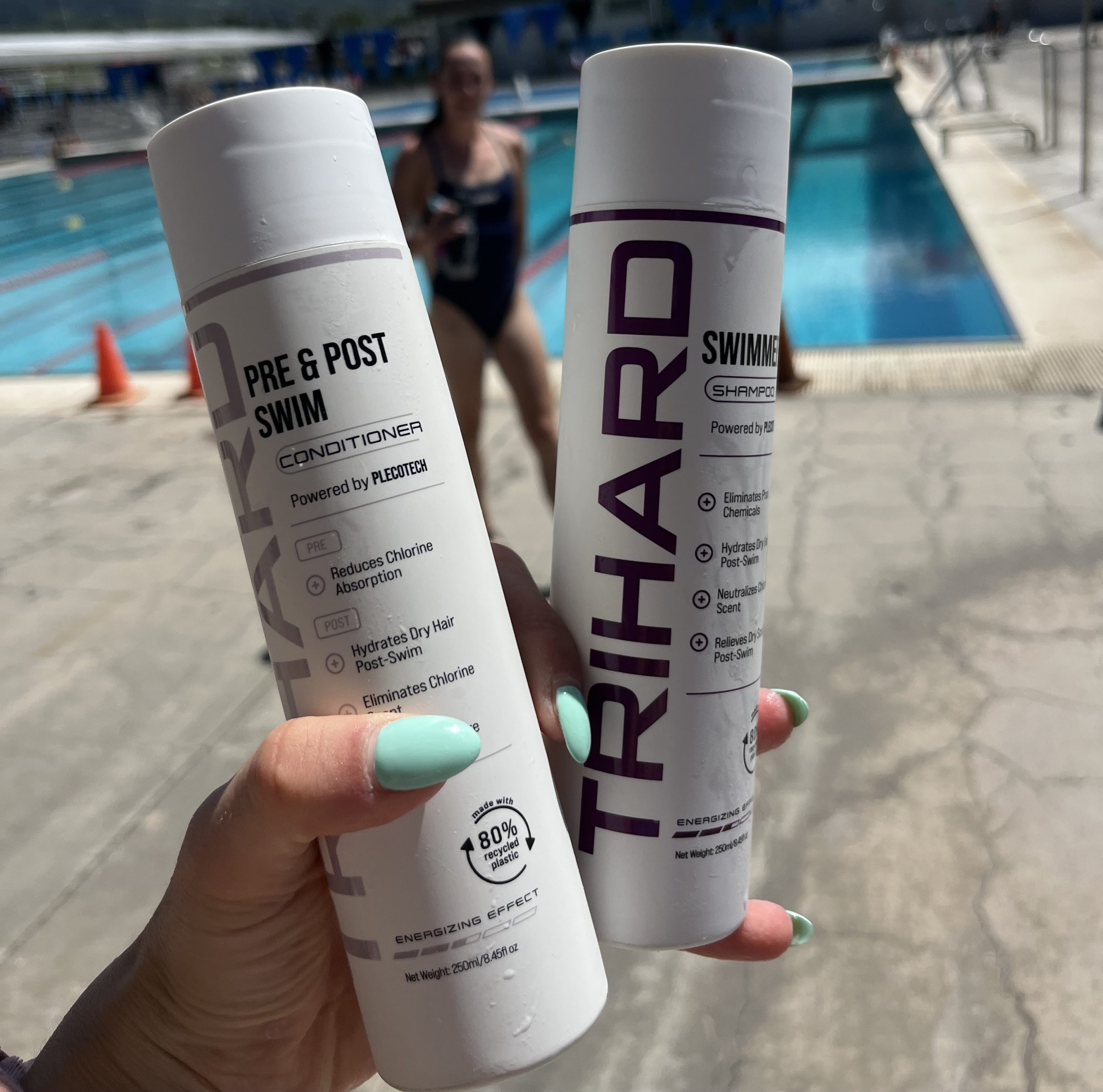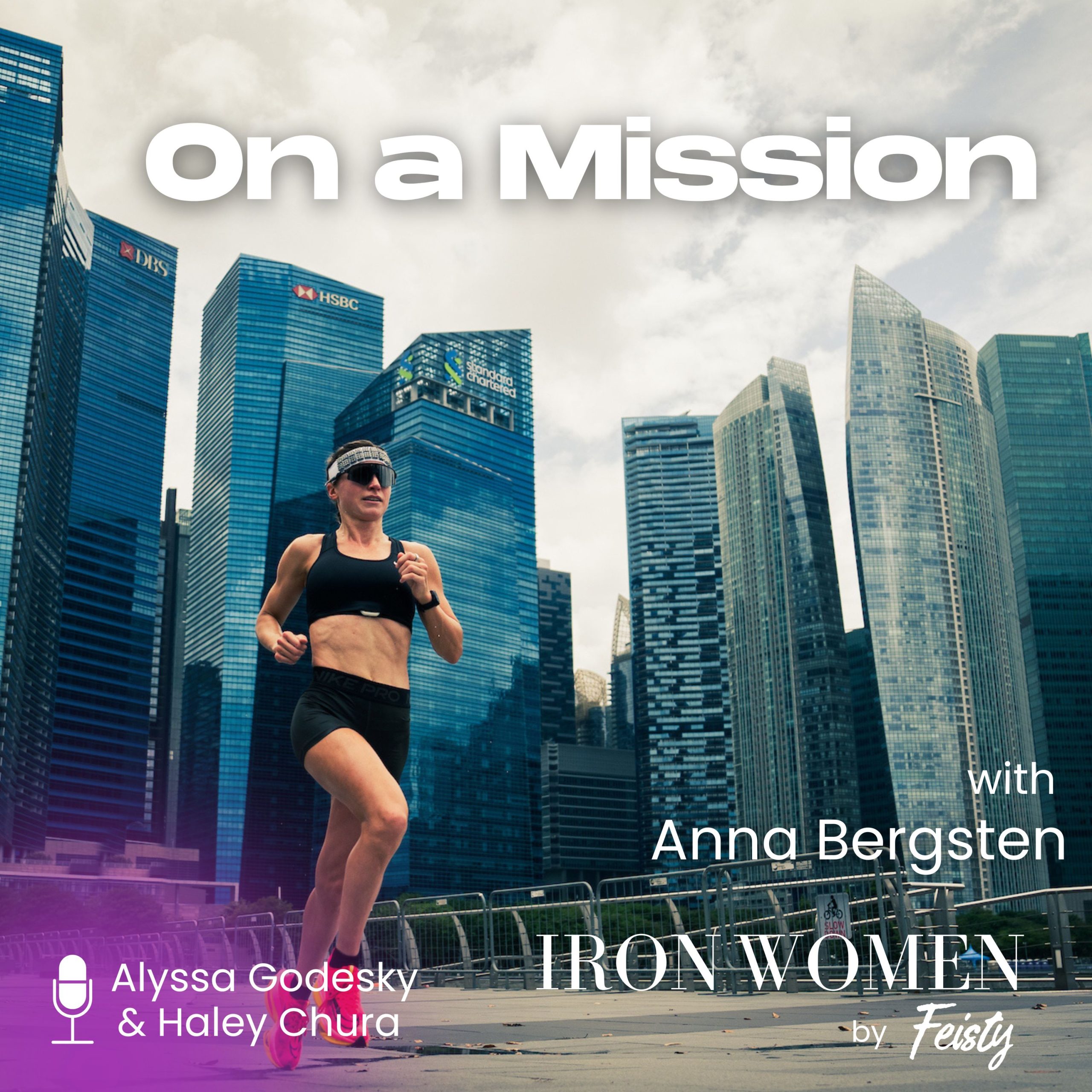February 15, 2017
Female Surfers Finally Get to Compete at Mavericks — So Everything’s Good Now, Right?

text by Kelly O’Mara
On October 19, 2016, the famous surfing contest, Mavericks, made an unexpected announcement on Twitter that it would include a women’s heat in this year’s event for the first time ever. “Six surfers, $30,000” was all their social media said. The surprise announcement came just 12 days before the holding period for the contest started and was heralded as an important step for female surfers.
“It’s quite simply the right time. There was no compelling driver other than it was the time to do it.” said Brian Waters. Waters is COO of Cartel Management, the event organizers.
The argument has always been that if those women were good enough, then they’d be one of the 24 surfers invited to compete each year.
Interestingly, it wasn’t the right time a year earlier when the Coastal Commission told Cartel it had to include women. It wasn’t the right time a month earlier when a group of female surfers presented a proposal to include a women’s heat. In fact, it wasn’t even the right time a week earlier when Cartel submitted plans that did not include the potential for a women’s heat until the 2017-18 season.
So what made it the right time now? That depends on who you ask.
While there has never been a woman in the official contest, now called Titans of Mavericks (formerly called Men Who Ride Mountains), there have been a number of women who surf at the famous and dangerous spot south of San Francisco. The argument has always been that if those women were good enough, then they’d be one of the 24 surfers invited to compete each year. They must just not be good enough.
“If a woman is hitting the criteria, then they’re going to surf their way into the contest,” said Darryl “Flea” Virostko last year. Virostko won the contest three times and serves on Committee 5, the group that selects the surfers invited.
Last year, the California Coastal Commission decided that the famous contest had gotten so big (and had enough unrelated issues around it) that it needed to be brought under the commission’s purview. As a condition of permitting the event, the commission voted that Mavericks must create a plan to include women. What that plan was going to look like became a subject of debate.
Women aren’t good enough
Organizers said they weren’t discriminating. The competition has always been completely open to women, theoretically. It’s just that no women ever happened to be selected. Some have been selected as alternates, but never gotten to actually compete.
There were two problems with that argument.
The selection committee, Committee 5, is a bit shrouded in secrecy. It was also an all male committee. While the criteria for a surfer to be selected is listed on the event’s website, how it’s decided if women do or don’t meet that criteria wasn’t clear.
For example, one of the criteria for selection is a commitment to Mavericks and a common argument is that there are very few women who have that commitment, who surf Mavericks regularly. But Sarah Gerhardt, who’s a local surfer and was the first woman to surf there, pointed out before there are plenty of men selected who have only surfed Mavericks just once or twice.
If women aren’t good enough, then the logic goes — and it is a pervasive logic — that letting them surf is unsafe
The second problem is if only the objectively best athletes (however that’s determined) are allowed to compete in any sport, then there will always be very few women who crack that barrier. It’d be like only letting the fastest people, period, into the Olympics. That’s generally why there are female and male categories.
“In what sport are the men and women competing against each other?” asked big wave surfer Paige Alms last year.
It’s too dangerous
If women aren’t good enough, then the logic goes — and it is a pervasive logic — that letting them surf is unsafe. A decision they are, apparently, incapable of making on their own. Two male surfers have died at Mavericks and as more women have attempted bigger waves their crashes have been widely debated. Surfer Maya Gabeira’s attempt to ride what might have been the biggest wave ever for a female surfer last year, at Nazaré off the coast of Portugal, resulted in a horrific crash that prompted debates within the sport over women’s big wave surfing. Surfing legend Laird Hamilton even said, on CNN, that she shouldn’t have been there and it was her more experienced male surfing partner’s “responsibility to take care of her and he’s just lucky that she didn’t drown.”
Surfing is, historically, a very male and macho sport. Big wave surfing even more so.
At the Coastal Commission meeting last night, where the final event permit for this year’s Mavericks was approved, the concern for women’s safety was again voiced — even as the women’s heat was announced in more detail.
“There are only a handful of women who are able to surf Mavericks at this level,” Cassandra Clark, a board member for Mavericks, was quoted as saying. “We will not push the limits of safety at a place this dangerous.”
Give women’s big wave surfing more time to develop
Even women’s surfing advocates will concede the sport has taken time to develop. Surfing is, historically, a very male and macho sport. Big wave surfing even more so.
“Women’s big wave surfing is still more of a young sport,” said Bianca Valenti earlier this year. Valenti is a professional big wave surfer who lives in San Francisco. It takes time to become a good big wave surfer, Gerhardt agreed. She’s been doing it since the late 1990s. The women are getting better, much better, every year, but they haven’t been doing it for as long.
And, there have been financial challenges. Most of the pro female big wave surfers have to work other jobs, because there are just not the sponsorships and prize purses for them to make a living — no matter how good they are. Valenti co-runs her family’s restaurant. Alms works odd jobs in Hawaii, where she lives. Gerhardt is a professor in Santa Cruz. Most of the sponsor money for female surfers tends to go to bikini and butt shots. At the very least, traditional surfing (as opposed to big wave surfing far from shore) is easier to market and sell. When there have been big wave tour events it’s been hard to get enough women there to make it financially feasible.
Which comes first then: letting the women surf and allowing them to develop the sport, or waiting for the sport to develop before you let them surf?
These are not theoretical questions. These are the questions that women’s sports have come up against over and over again.
In September, a group of female big wave surfers (Valenti, Alms, Keala Kennelly and Andrea Moller) formed the Committee for Equity in Women’s Surfing and submitted a proposal for a women’s only heat at Mavericks. They had very specific concerns about how women should be incorporated into the event.
That proposal was not originally included in the event plans. Initially, when Cartel Management submitted its application for this year’s event to the Coastal Commission for approval it did not include a women’s heat at all. Then, in October, an amendment was submitted that included hopes for a women’s heat next year. It was five days later that the surprise announcement came on social media that actually they were going to have a women’s heat this year.
You can not legislate what people think, but you can legislate what they do.
Multiple female surfers involved in the effort said they were surprised by the announcement. Many were also skeptical, until “I see an invitation in writing,” said one.
It is easy to infer — and many have — that the sudden change of heart was a result of urging from the Coastal Commission. The commission’s staff report, which was made public a few days later, said that without a women’s heat the staff had been prepared to recommend voting against permit approval. Since the commission meeting came on Nov. 2 and the holding period for the event started on Nov. 1, a permit denial would have essentially meant no event at all this year.
So, does it matter? Does it matter why they had to do it as long as they do it? Many criticized the Coastal Commission for getting involved in a gender equality fight in the first place. Some of the commissioners even agreed it wasn’t their place and voted against the requirement to include women. Others, though, argued that the whole point of the coastal commission is to guarantee access for all. If an exclusive permit for Nov. 1 and March 31 is given to an event that doesn’t include women then that basic mission isn’t being met.
This has always been one of the roles government plays. You can not legislate what people think, but you can legislate what they do. They don’t have to like allowing minorities or women or the LGBT community equal access. But they have to do it. And sometimes, eventually, societal change follows. Earlier this year, the World Surf League also announced a women’s Big Wave Tour, which will have a handful of events.
As newspapers heralded Mavericks’ move for equality and TV crew stuck female surfers in front of cameras to ask them how they felt about this great step forward, it put many of those women in an awkward position. They hadn’t actually been invited to the contest yet, and no one wanted to risk their spot, but there were still a lot of details to be sorted out. Valenti said over and over again to different media outlets that she was surprised and excited, stoked and also waiting to see what was decided.
It wasn’t until last night’s commission meeting that many of those details were finally made clear — covered by very few outlets. The heat will be six women, with two alternates; it will be held in-between the men’s heats – which helps guarantee coverage. There was also talk of additional heats, and Cartel will have to come back for another event approval next year. At $30,000, the prize purse is smaller, and so is the field. Two women were also added to the selection committee: surfer Savannah Shaughnessy, an alternate previously in the contest but injured this year, and surf photographer Nikki Brooks. And the list of the six women selected was announced: original Mavericks surfer Gerhardt; the female surfers who pushed the issue Alms, Moller, and Kennelly; Hawaiian standout Emily Erickson; and local surfing icon Jamilah Star.
Valenti was not on the list, she will be an alternate, but here’s always next year though…hopefully.


 Outspoken Women in Triathlon Summit Returns Bigger than Ever
Outspoken Women in Triathlon Summit Returns Bigger than Ever  Driving the Lamborghini: Productivity and the Power of Paper
Driving the Lamborghini: Productivity and the Power of Paper  5 take aways from the Compete Sports Diversity Summit
5 take aways from the Compete Sports Diversity Summit  Simple Tips to Hone Your Bike Handling Skills
Simple Tips to Hone Your Bike Handling Skills 


